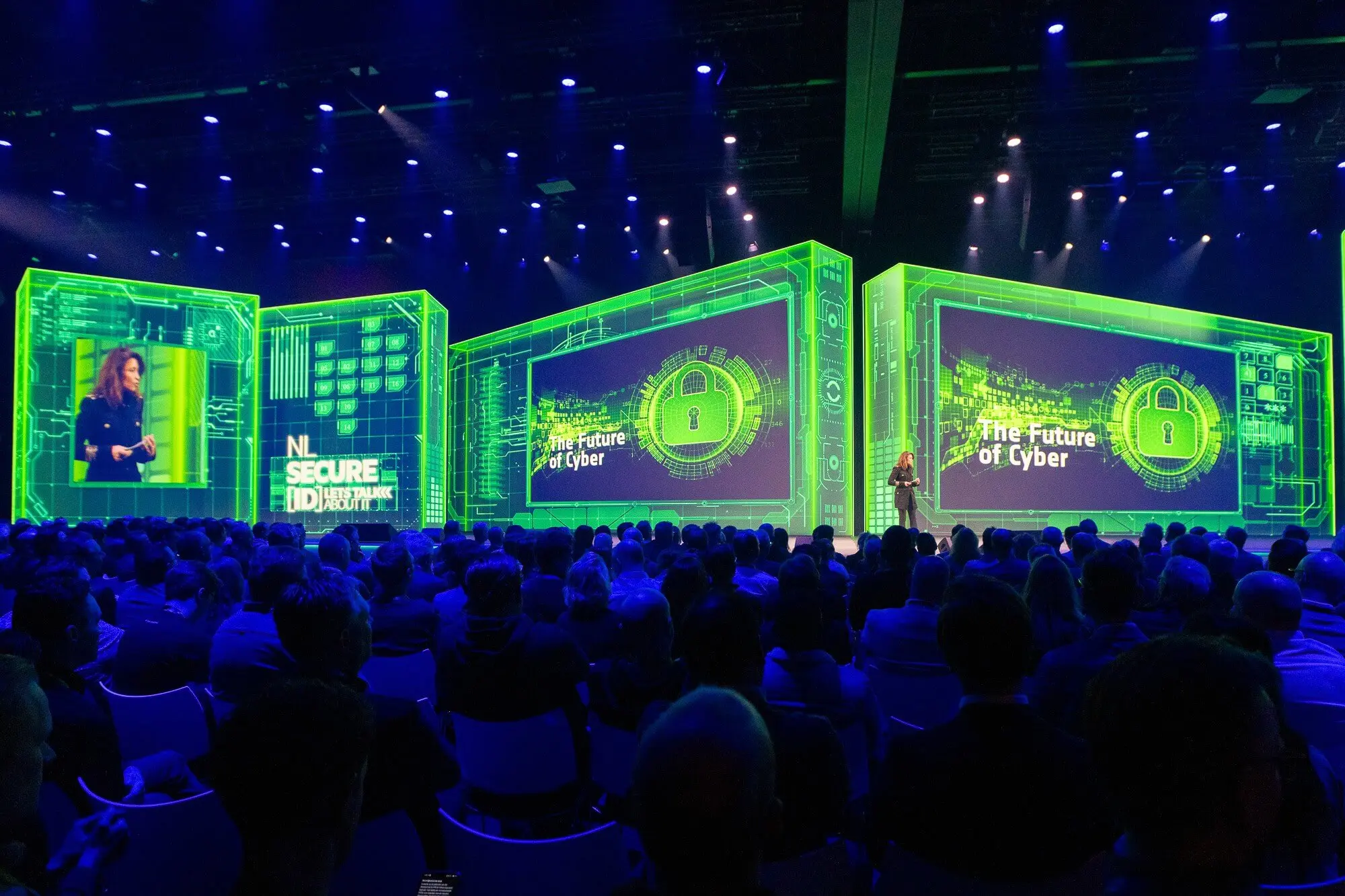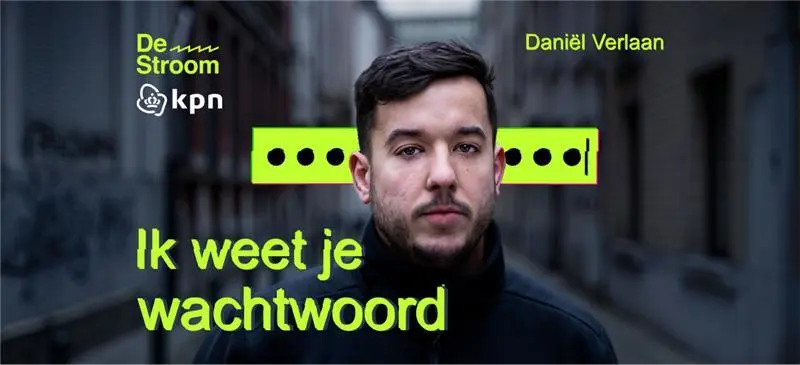Security
KPN Zakelijk Blog
Met deze actielijst maak je als ondernemer een frisse start in 2026
Niets is lekkerder dan een nieuw jaar te beginnen met een opgeruimd bureau en ruimte in je hoofd voor briljante plannen. Maar dat kan eigenlijk pas als je de basis goed op orde hebt. Hier zijn zeven tips om in 2026 nog aangenamer, veiliger en efficiënter te starten.

Met deze actielijst maak je als ondernemer een frisse start in 2026
Niets is lekkerder dan een nieuw jaar te beginnen met een opgeruimd bureau en ruimte in je hoofd voor briljante plannen. Maar dat kan eigenlijk pas als je de basis goed op orde hebt. Hier zijn zeven tips om in 2026 nog aangenamer, veiliger en efficiënter te starten.

Nieuwe artikelen
Abiant versterkt digitale weerbaarheid met KPN
Voor uitzendorganisatie Abiant raakt cybersecurity rechtstreeks aan de bedrijfsvoering. “Als wij op donderdag niet kunnen verlonen, hebben onze mensen geen salaris op hun rekening”, zegt Gerben Koopman, Security & Compliance Officer bij Abiant. Daarom investeert Abiant al jaren in cyberweerbaarheid, met KPN als strategische partner.

Abiant versterkt digitale weerbaarheid met KPN
Voor uitzendorganisatie Abiant raakt cybersecurity rechtstreeks aan de bedrijfsvoering. “Als wij op donderdag niet kunnen verlonen, hebben onze mensen geen salaris op hun rekening”, zegt Gerben Koopman, Security & Compliance Officer bij Abiant. Daarom investeert Abiant al jaren in cyberweerbaarheid, met KPN als strategische partner.














